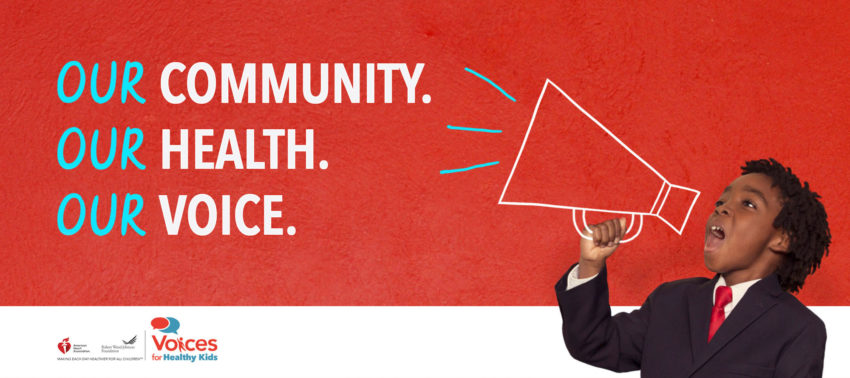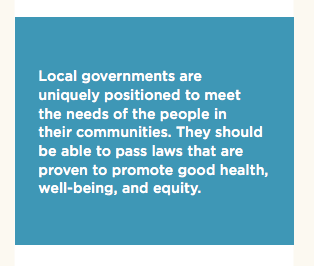
Share On Social!
Federal, state officials have the ability to determine the legislative powers of smaller government bodies.
While the distribution of federal and local power has been up for debate since the constitution’s creation, one thing is clear: Preemptive laws have the ability to restrict lawmakers’ capacity to propose, pass, and enact bills and acts that help the people they serve.
However, Voices for Healthy Kids has available a preemption toolkit that will help communities promote health, well-being, and equity.
What is Preemption Law?
Preemption laws are those that come from a congressional body and give smaller governmental agencies no choice in their implementation.

In other words, a higher form of government can limit a lower form of government from taking action on an issue.
Local government officials live and work in the towns they serve, making them more likely to know their constituent’s direct needs. Moreover, state governments can use preemptive measures to halt or reverse decisions made by local municipalities. This can include fines and withholding state funding.
Preemptive policies are a major challenge to public health as they can overturn important initiatives and perpetuate inequities, according to Voices for Healthy Kids.
Examples of preemption laws include:
- Bee Cave, Texas (13.8% Latino) city officials tried to lower speed limits due to a high volume of crashes but were unable because local governments can’t change speed limits on state highways — even if they run through their town.
- San Antonio (64%) city council attempted to enact a law that would have required employers to offer sick leave. However, state officials shot that plan down through preemptive legislation saying these laws would hurt small businesses.
- Cities in Washington (12.4%), California (39.1%), and Arizona (31.4%) were prohibited from enacting sugary drink or soda taxes by their state governments.
Floor Preemption
This kind of preemptive law is enacted when state and federal governments create laws that intervene in localities by setting a minimum standard or “floor” that local bodies must meet to prevent discrimination against certain populations.
For instance, floor preemption took place through the Civil Rights Act of 1964, which ended the Jim Crow laws that discriminated against minority populations across the country.
This can allow for more substantial legislative bodies to protect health and encourage equity.
The Preemption Toolkit
The Voices for Healthy Kids toolkit includes information and resources that can help community members advocate for local governments to be able to pass laws about issues that are uniquely significant to their communities.
Moreover, public policies at all levels (federal, state, and local) must prioritize issues that promote health equity for all.
“We want to work with advocates like you to spur healthy changes in local communities nationwide, and we want to make sure that locally elected officials have the ability to enact laws to support those changes,” Voices for Healthy Kids writes.
The toolkit includes:
- A Campaign Builder, which focuses on three key phases: recruit, engage, and mobilize.
- A Message Wheel, which is a simple visual format for organizing the messages
that are key to your issue. - How to Mobilize Action Guide, which includes reaching out to advocates by hosting a media event, phone outreach, op-eds, and much more.
“It’s critical that our state lawmakers understand the need for local governments to act on behalf of their communities and build on progress being made at the state level,” Voices for Healthy Kids states.
Explore More:
Healthy Neighborhoods & CommunitiesBy The Numbers
1
Supermarket
for every Latino neighborhood, compared to 3 for every non-Latino neighborhood



